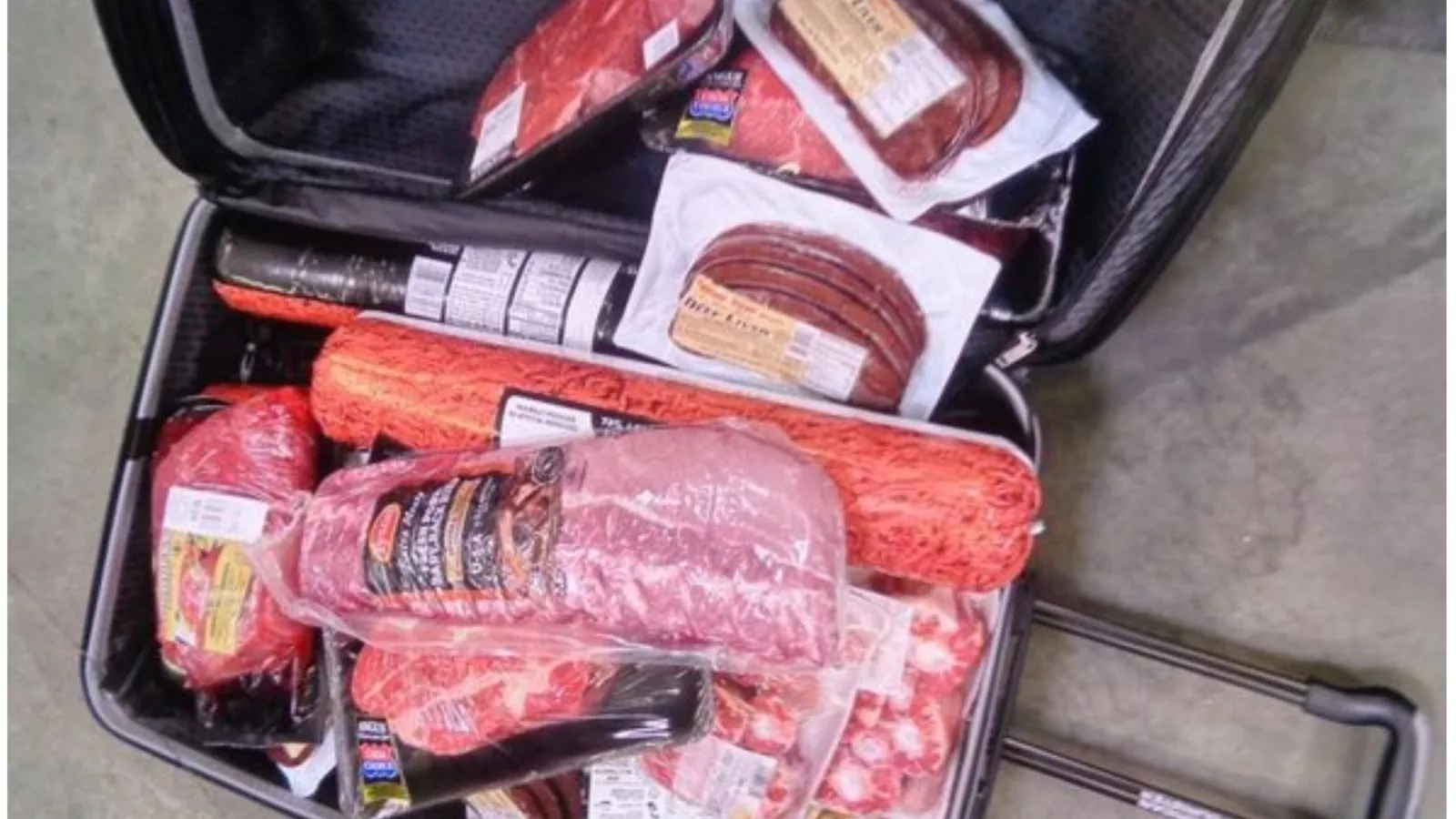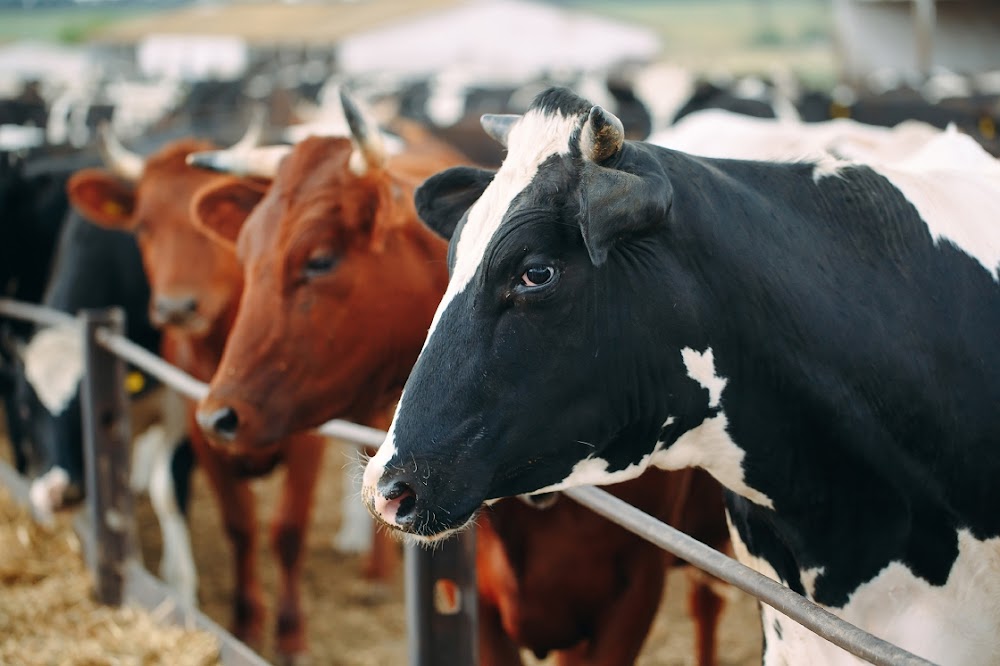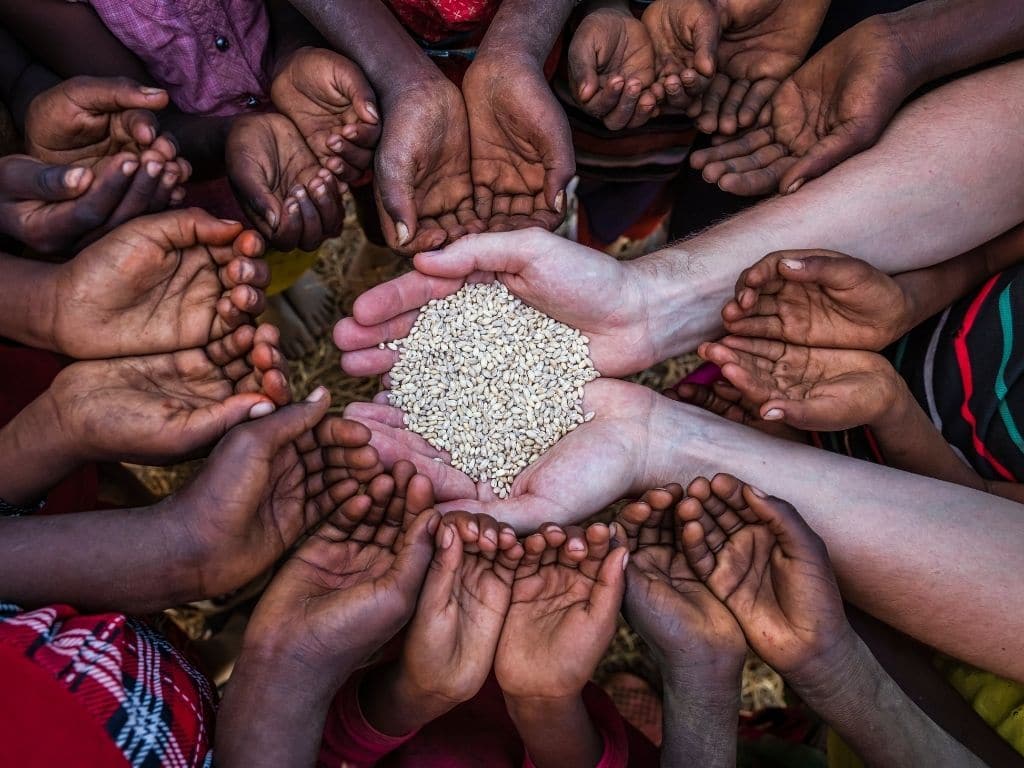01/10/2023 SOURCE: www.monroenews.com
Ned Birkey talks about the agriculture census, cover crops, pollinators and \
Monroe County Agriculture: Cover crops are a good idea, but not a new concept
-
(0)
-
Bookmark
- Comments. (0)
01/10/2023 SOURCE: www.newsweek.com
Ohio police said the suspect typically sells stolen meat to restaurants who pay him half the face value marked on the meat's price tags.
Walmart customer caught trying to steal suitcase full of meat: Police
-
(0)
-
Bookmark
- Comments. (0)
01/10/2023 SOURCE: www.thehindu.com
Officials said ASF had been confirmed only among wild boars in and around the Theppakadu area; the 19 farms outside the infected zone could continue their pork business, however inter-state transport of pigs remains banned and monitoring will continue
Pig farms outside African Swine Fever infected area in Nilgiris allowed to sell pork
-
(0)
-
Bookmark
- Comments. (0)
01/10/2023 SOURCE: ag.purdue.edu
An expansive, multi-decadal agricultural dataset is now available from Purdue University. The Southeast Purdue Agricultural Center (SEPAC) drainage research data are from a long-term subsurface drainage project that was conducted at SEPAC in Jennings County, Indiana from 1984 to 2020. SEPAC is one of eight Purdue Agricultural Centers (PACs) across Indiana that researchers use to conduct applied field crop and animal research. This project was funded in part by the Agricultural Research and Graduate Education (ARGE) office at Purdue and the USDA National Institute of Food and Agriculture.
Expansive agricultural dataset now available from Purdue University
-
(0)
-
Bookmark
- Comments. (0)
01/10/2023 SOURCE: flip.it
In the Chihuahuan desert, a plant that grows wild, without a drop of water, could change the spirits industry. Its leaves are long and spindly, growing in a circular pattern, and are sometimes used for weaving baskets and craft decorations by indigenous communities. It is the hardy, drought-tolerant Dasylirion wheeleri, or desert spoon. The plant springs up across the Chihuahuan desert, which covers parts of Mexico and stretches into the southwestern United States, dotting the landscape with spiky orbs of deep green and silvery blue. But it’s more than just foliage—the desert spoon plant also offers a great opportunity to bartenders
Move Over, Mezcal. A Sustainable Tequila Alternative Is Taking Over.
-
(0)
-
Bookmark
- Comments. (0)
 John LaRose Jr.
John LaRose Jr.
Topics: Agriculture Global, Sustainability, Ag Europe, Renewable Energy (Solar/Wind),
Land of the Sun project in Italy
Starlight, a company within the NextEnergy Group focused on renewable asset development globally, iinitiated an innovative agri-eco-voltaics project in Italy called Land of the Sun.
-
(0)
-
Bookmark
- Comments (0)
01/09/2023 SOURCE: www.agrimarketing.com
Agri Marketing Magazine - A primary source of agribusiness news and discussion for the North American agribusiness community.
AgriMarketing.com - Purdue Ag Economist Issues Report Showing Returns From Cattle Feeding, Not A Pretty Picture
-
(0)
-
Bookmark
- Comments. (0)
01/09/2023 SOURCE: www.timeslive.co.za
A 28-year-old farmer was killed and his father assaulted, allegedly by a neighbouring farmer, in Ficksburg, Free State, on Sunday.
Young farmer shot after 'dispute about cattle', neighbour arrested
-
(0)
-
Bookmark
- Comments. (0)
Topics: Beekeeping, Biotech, Pollinators,
USDA issues approval for honeybees vaccine
The vaccine is aimed at protecting the honeybee from a deadly bacterial disease.
-
(0)
-
Bookmark
- Comments (0)
 John LaRose Jr.
John LaRose Jr.
Topics: Agriculture Global, Food/Nutrition, Sustainability, World Hunger, World Population, Food Security/Shortage,
Global Food Security: Why It Matters in 2023 | Earth.Org
Modern eating habits have put a strain on the planet’s resources, compromising global food security and contributing to the acceleration of global warming.
-
(0)
-
Bookmark
- Comments (0)











